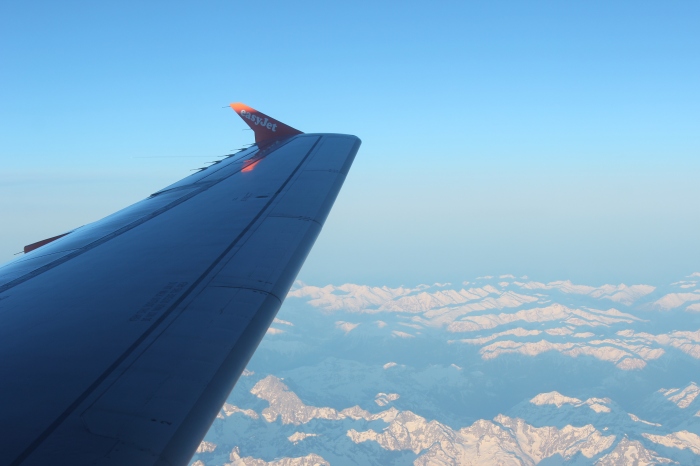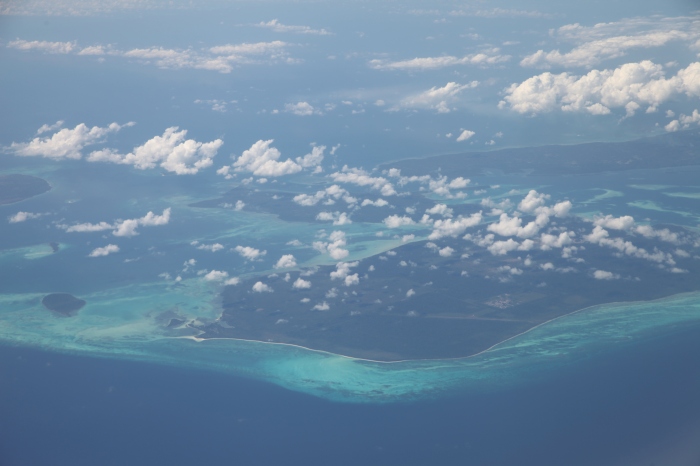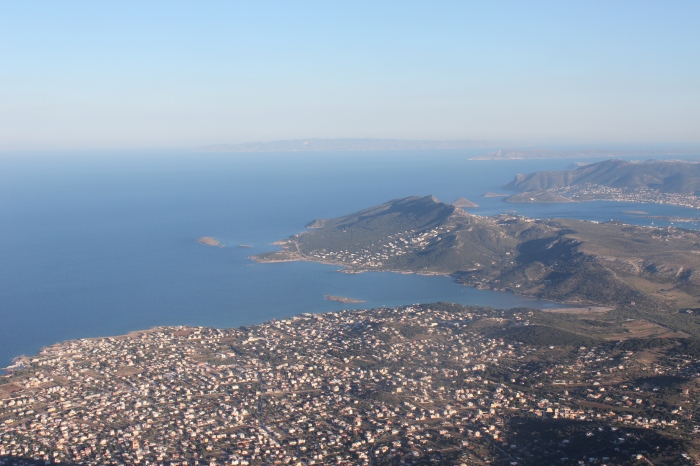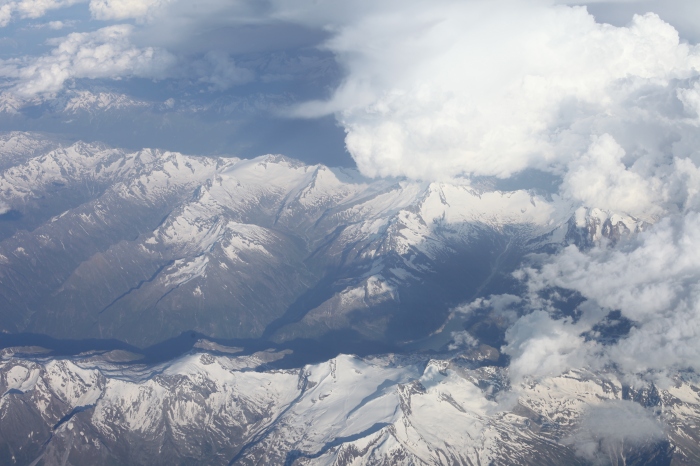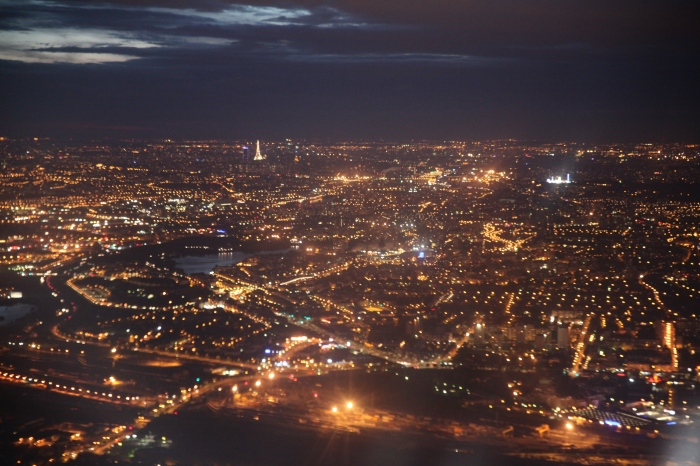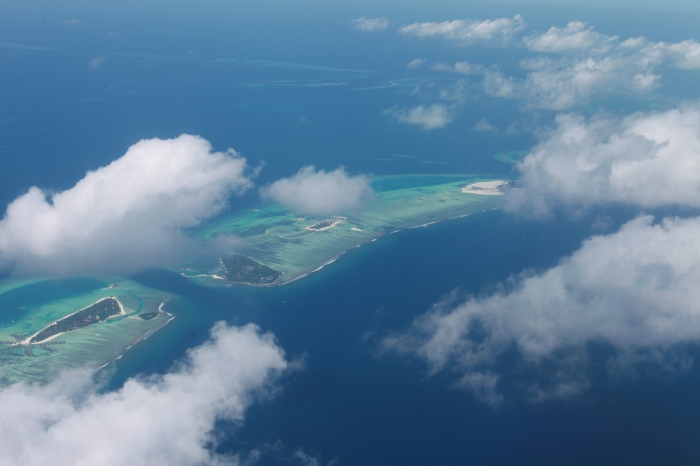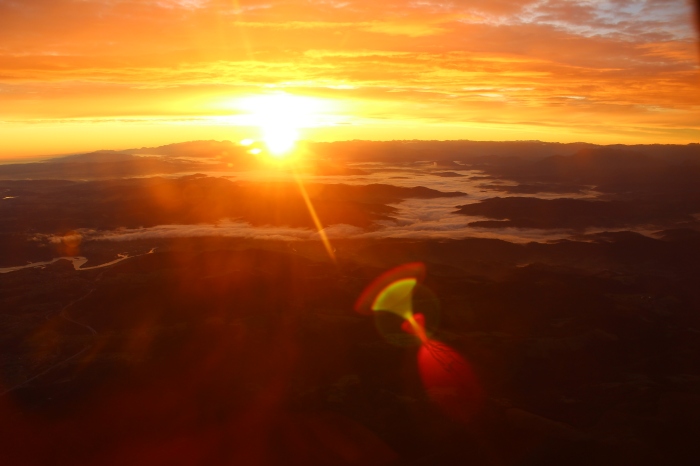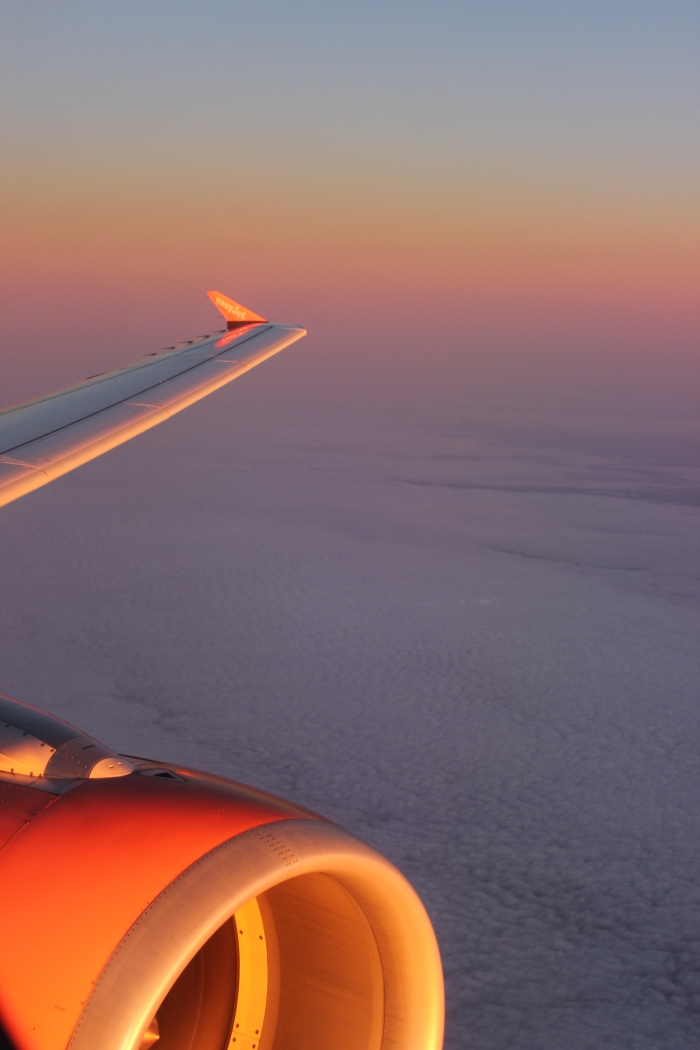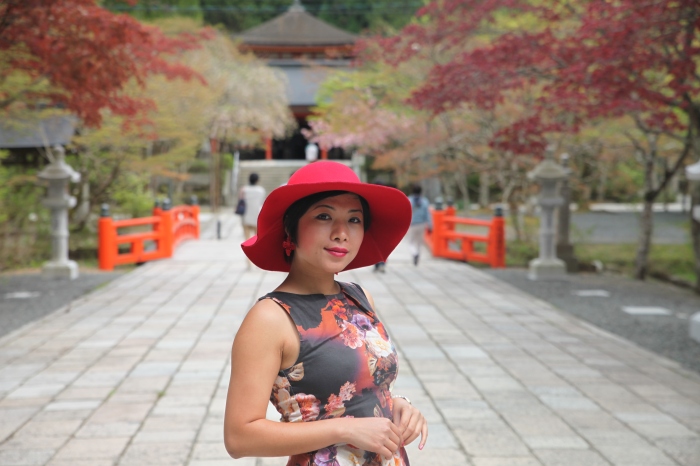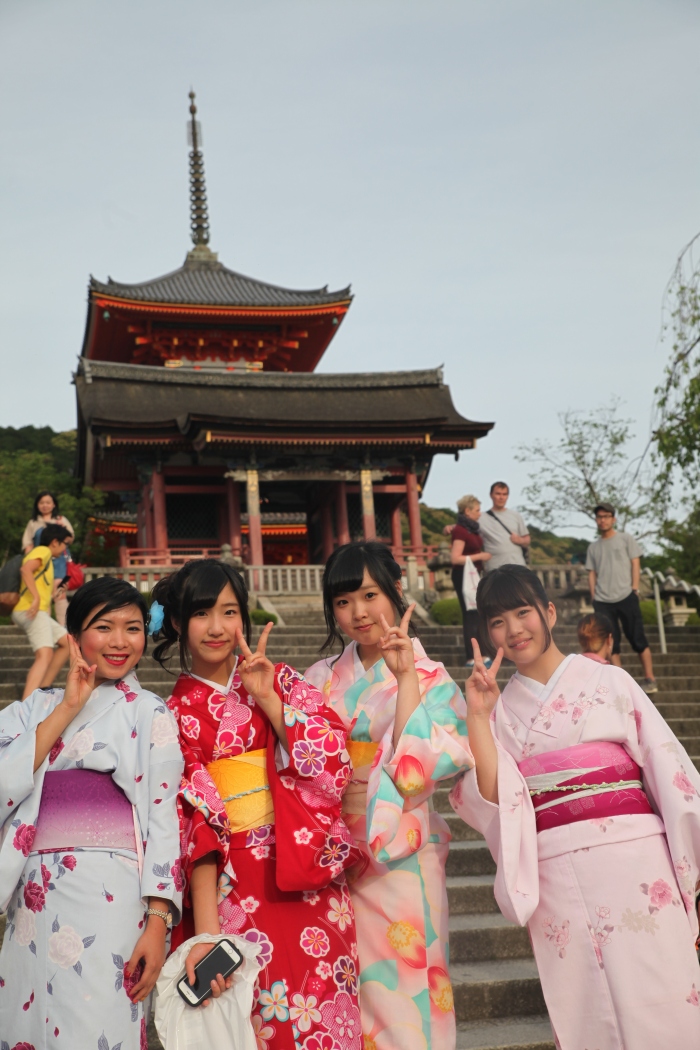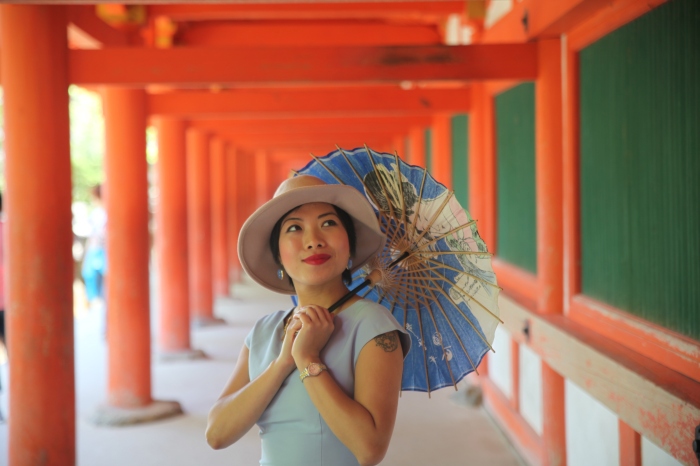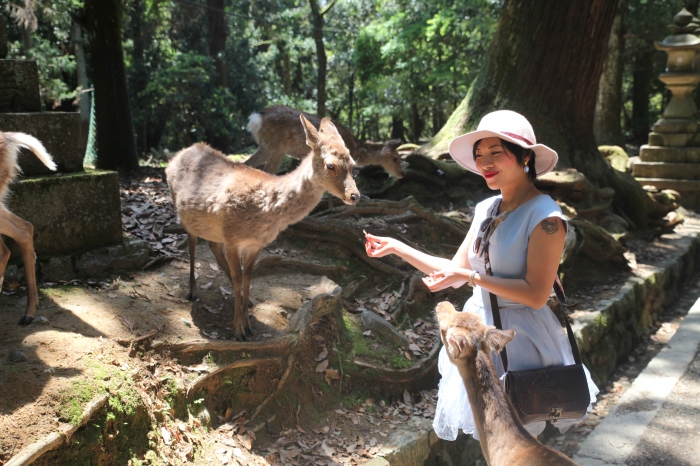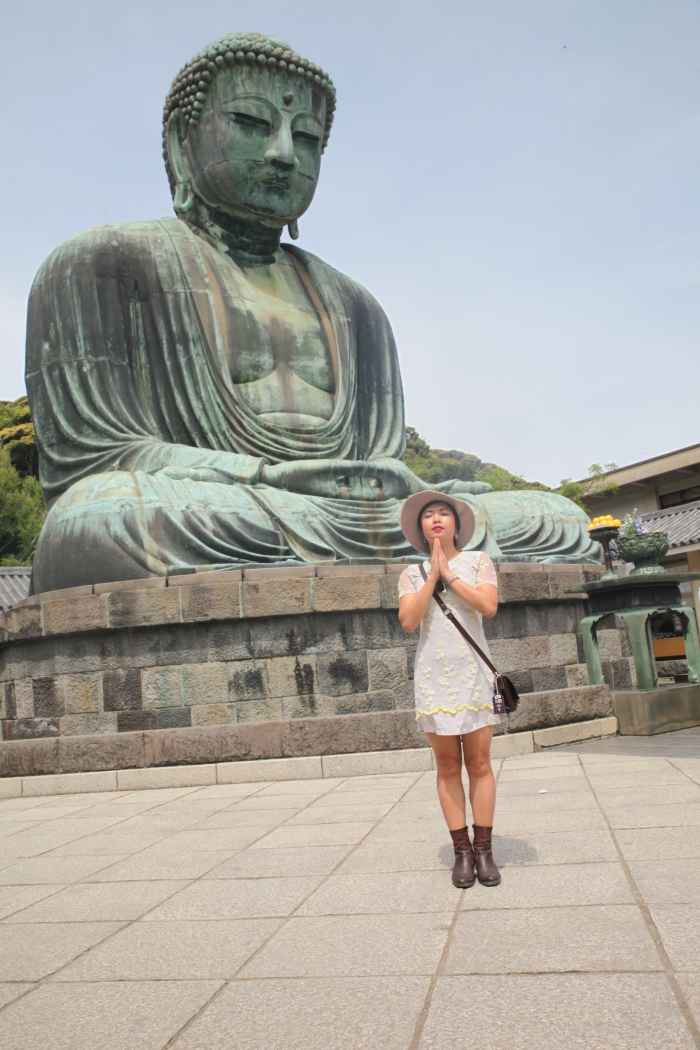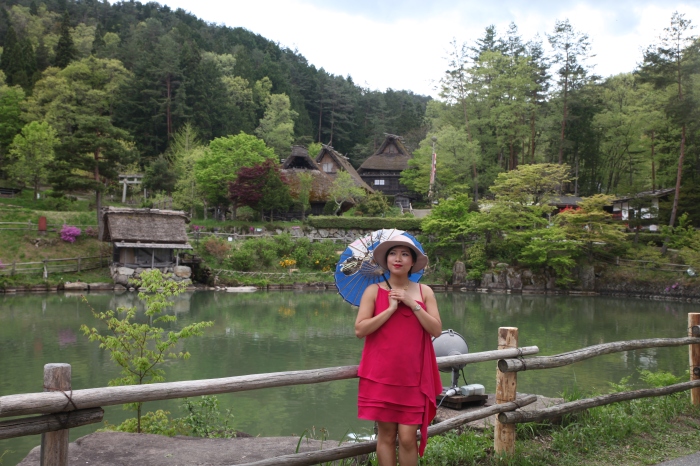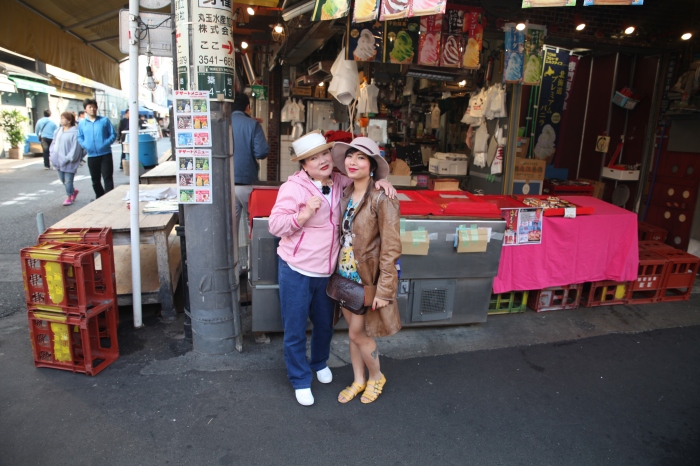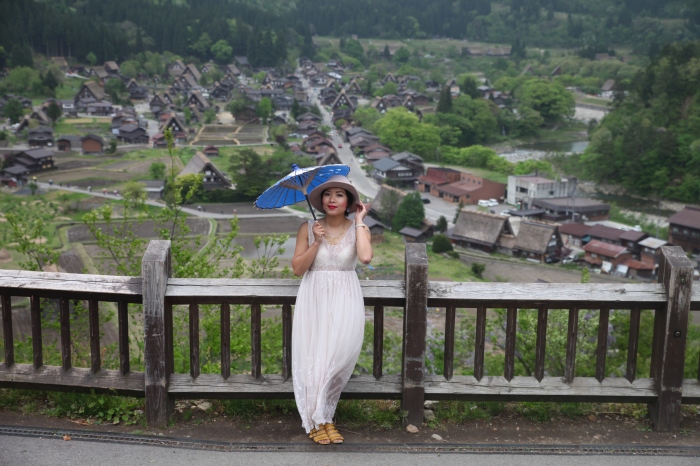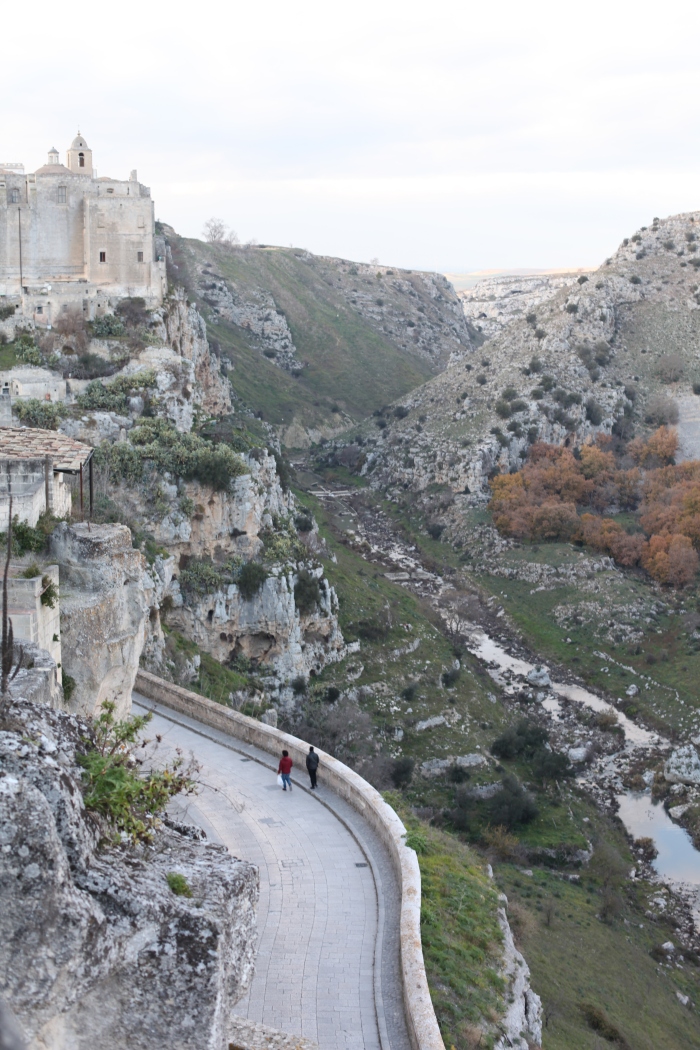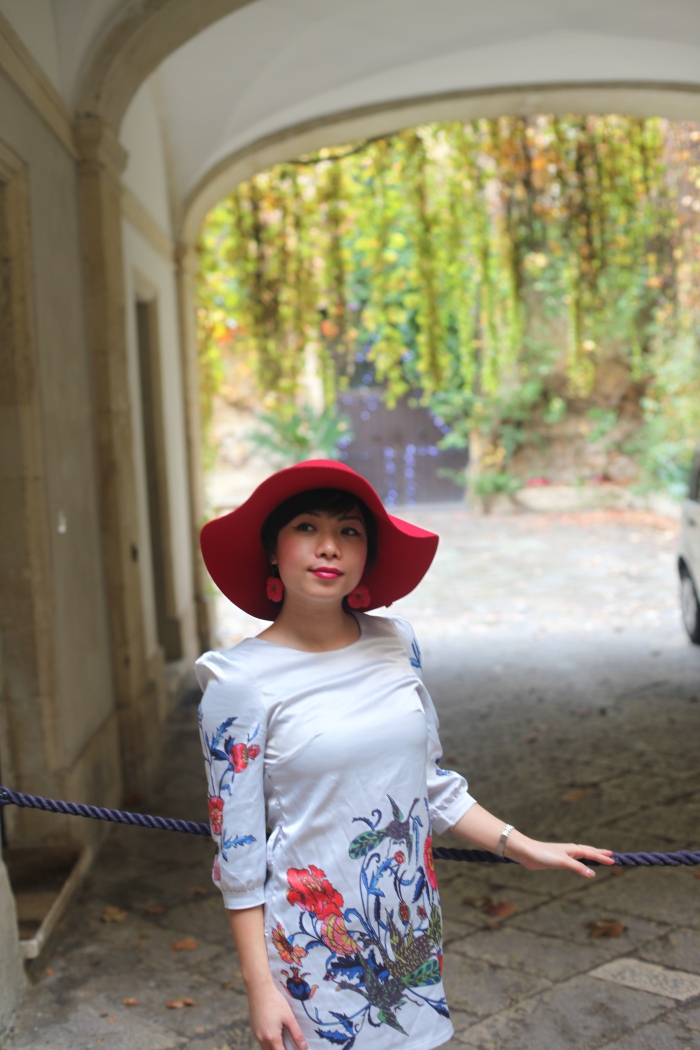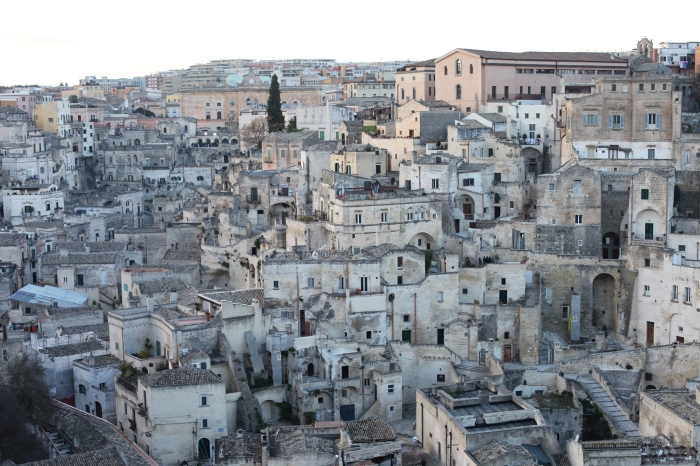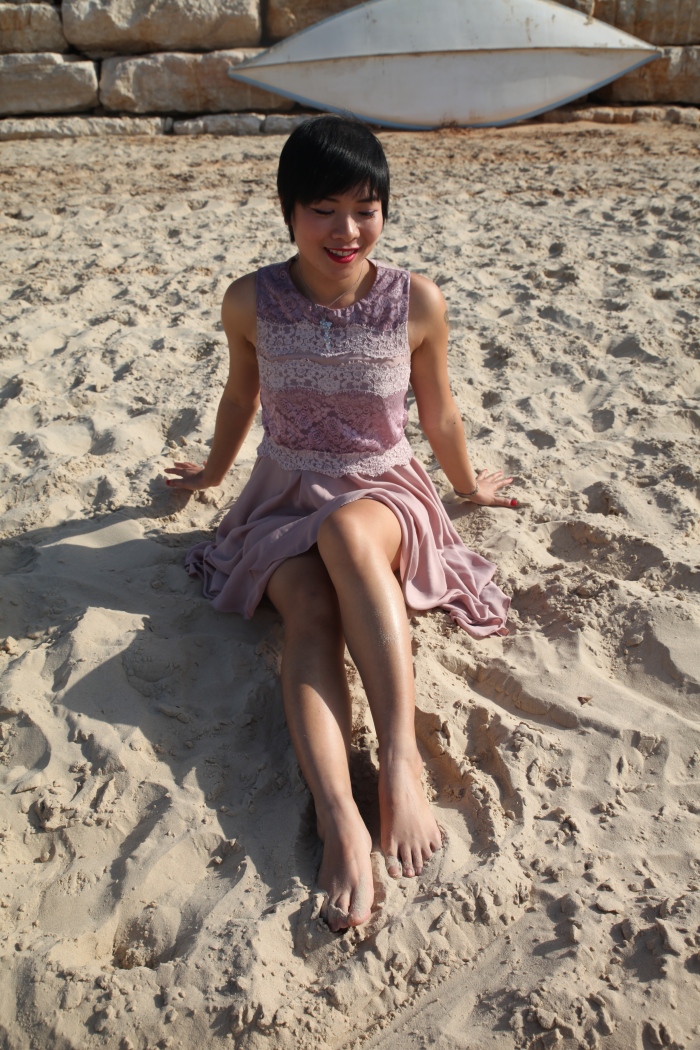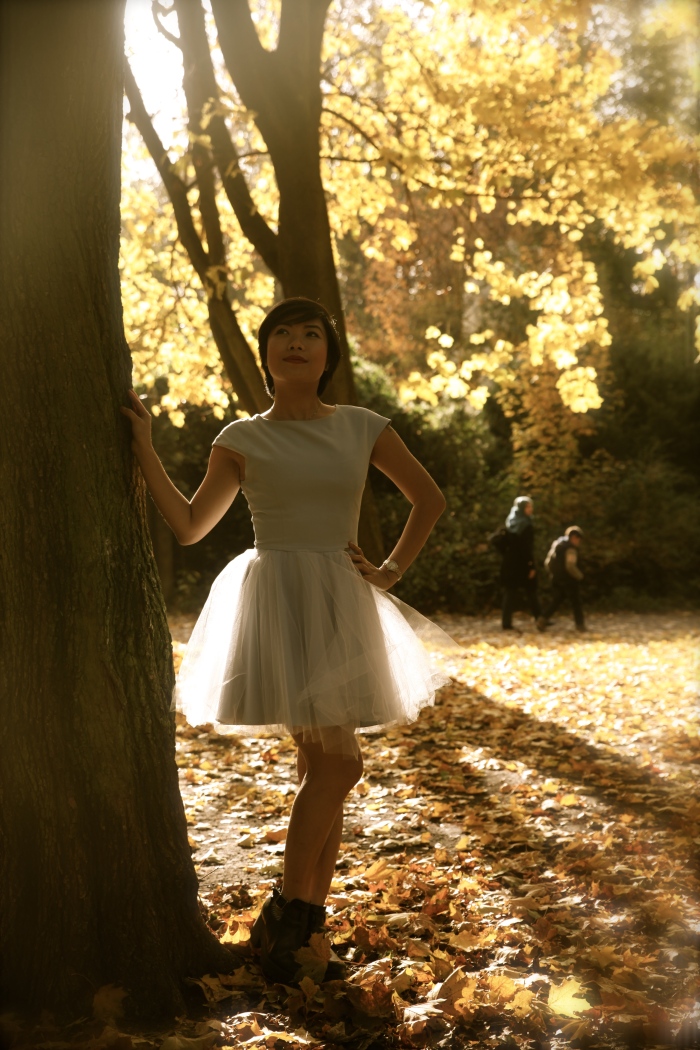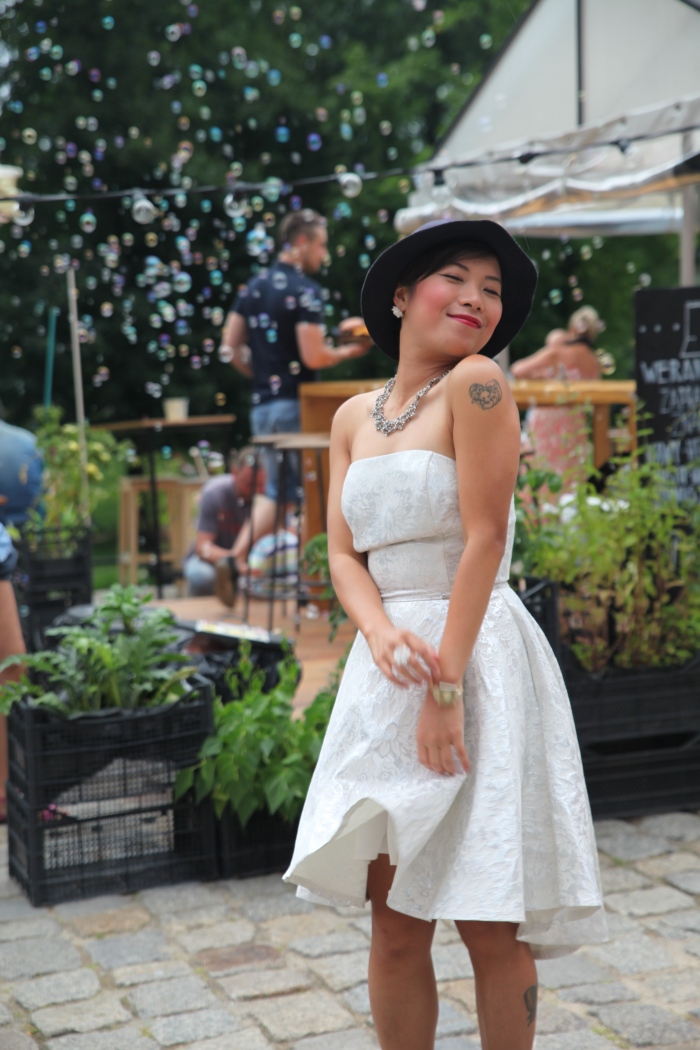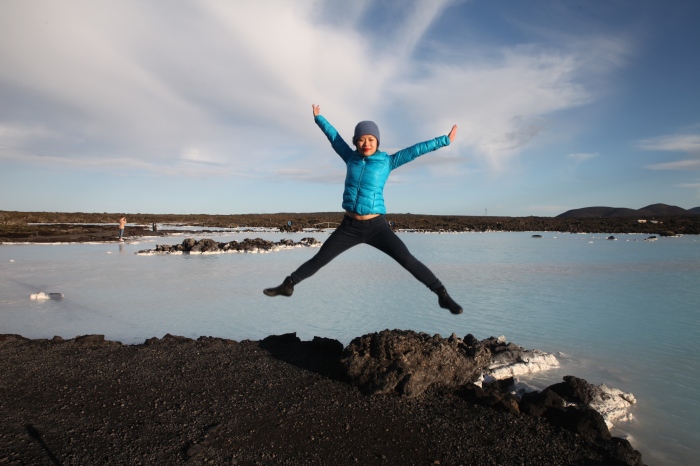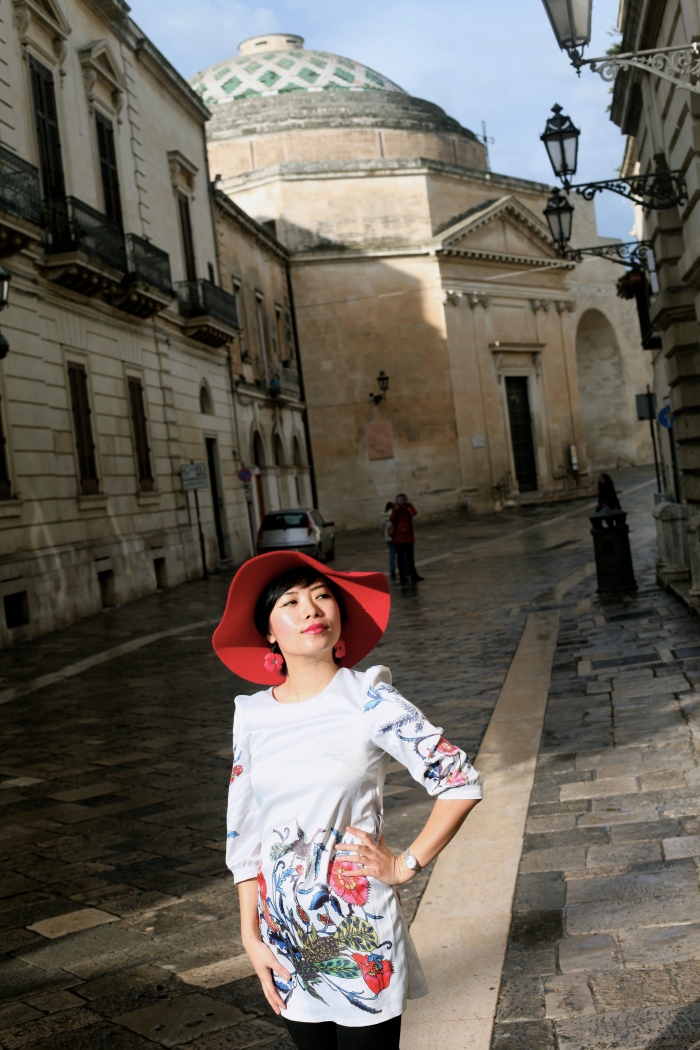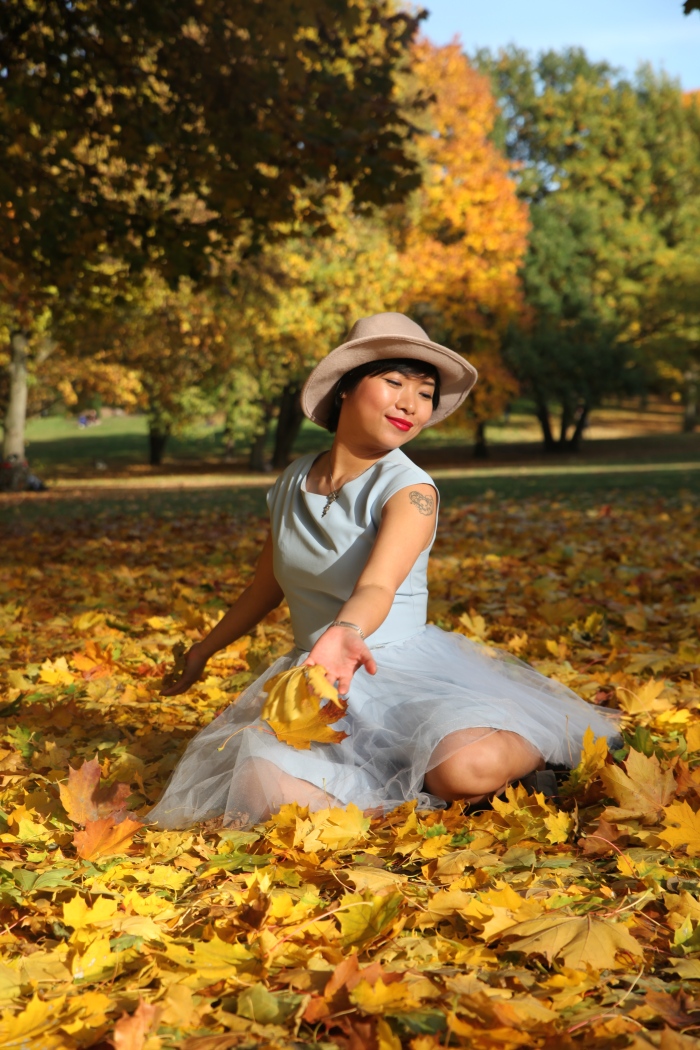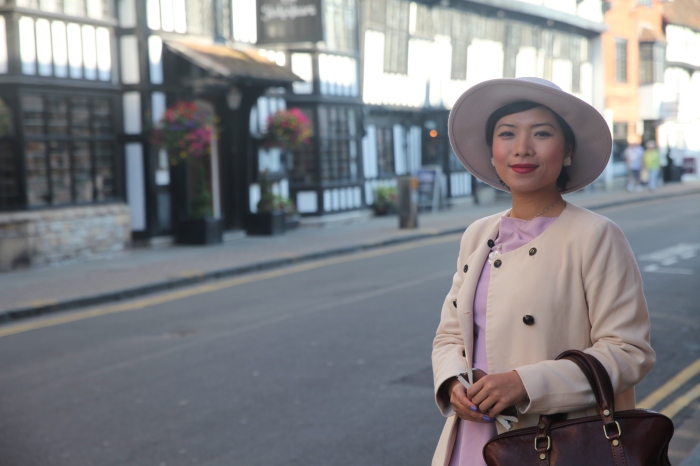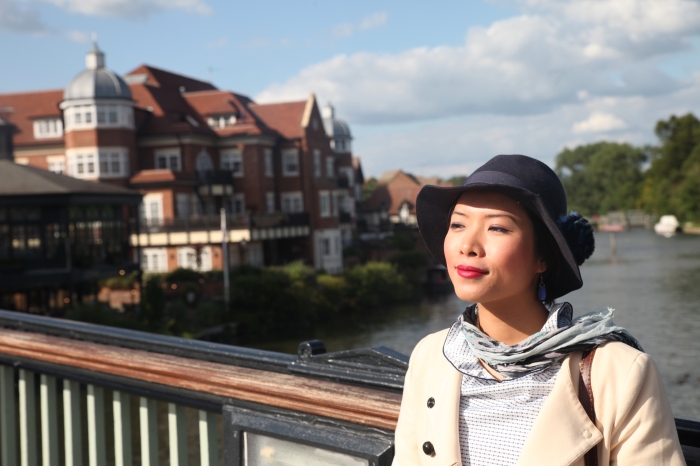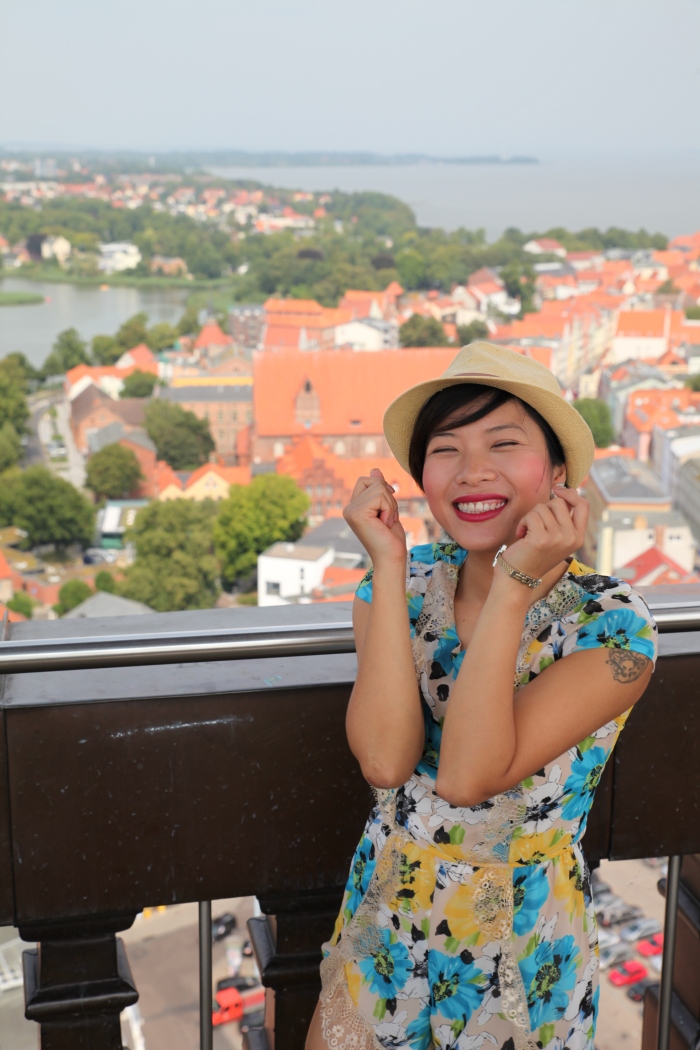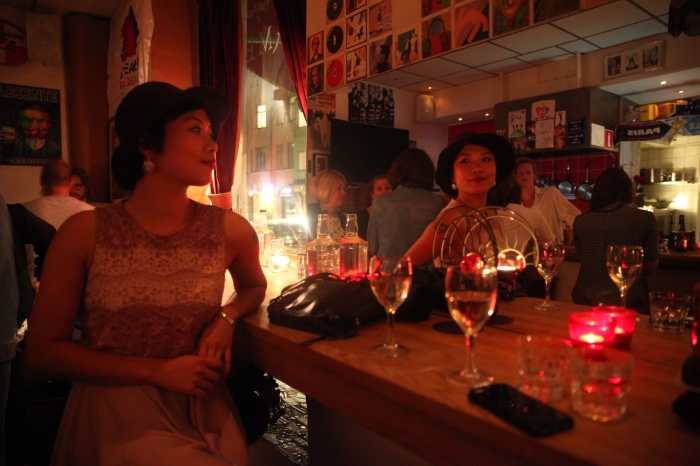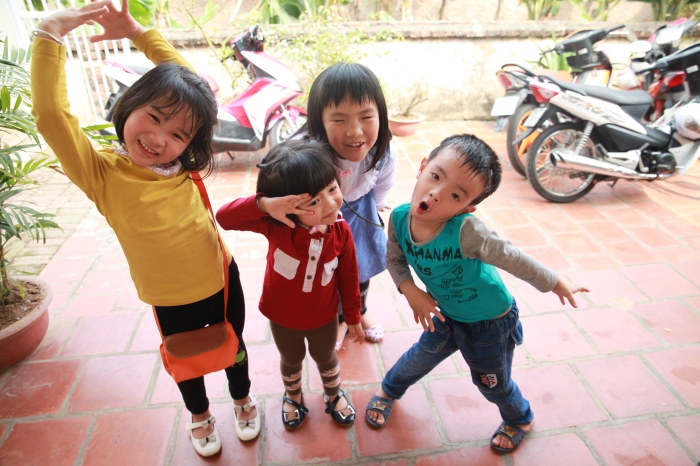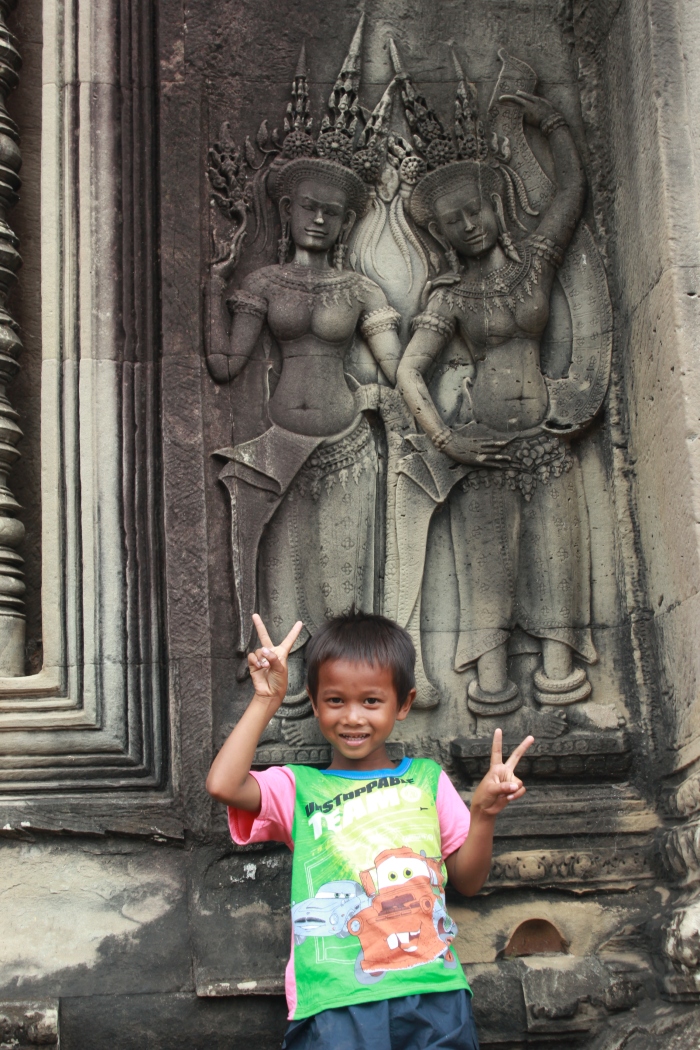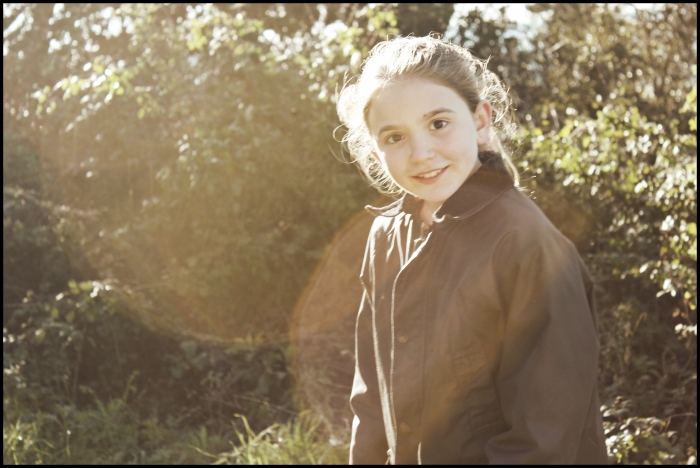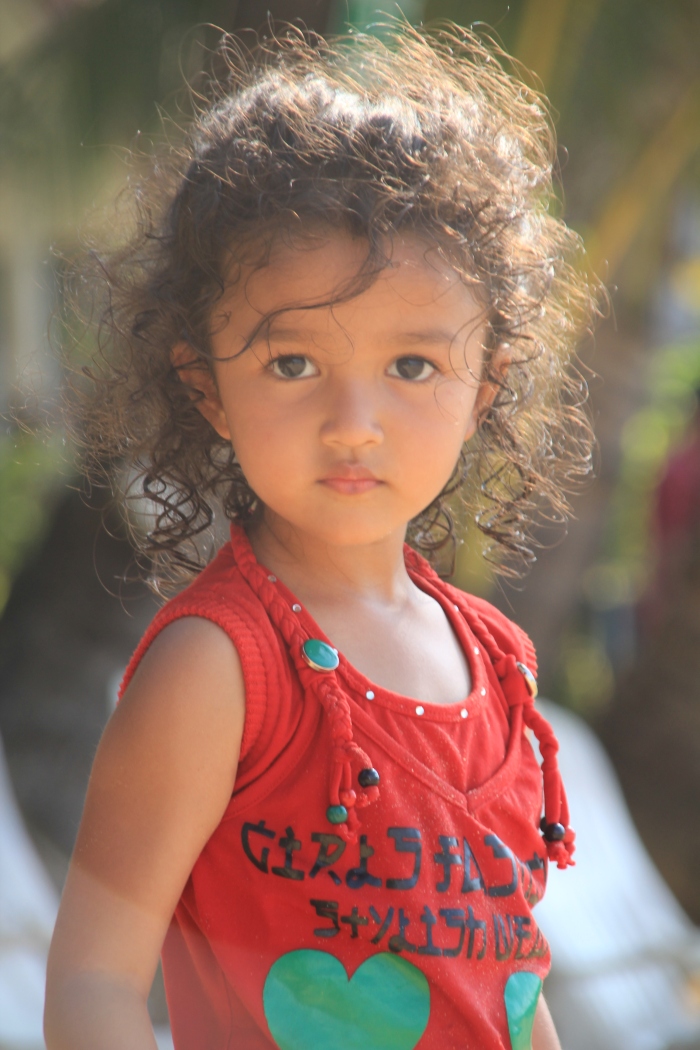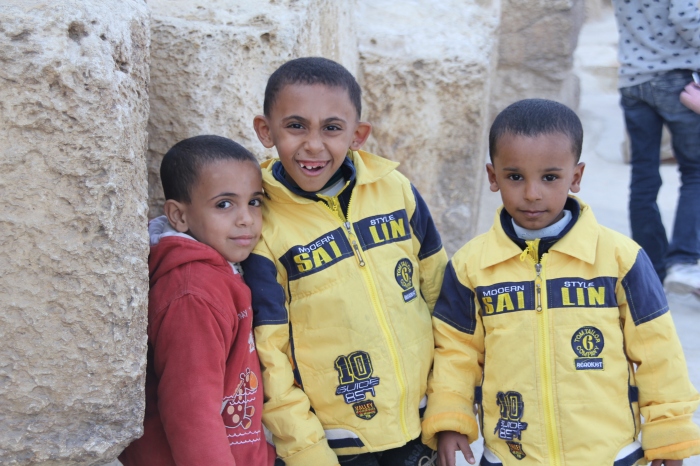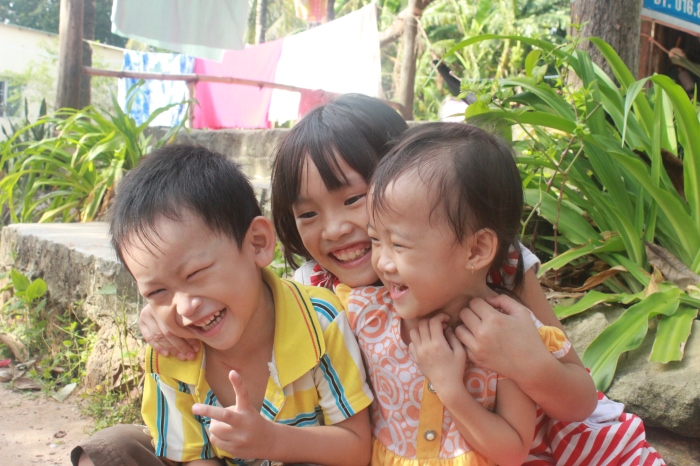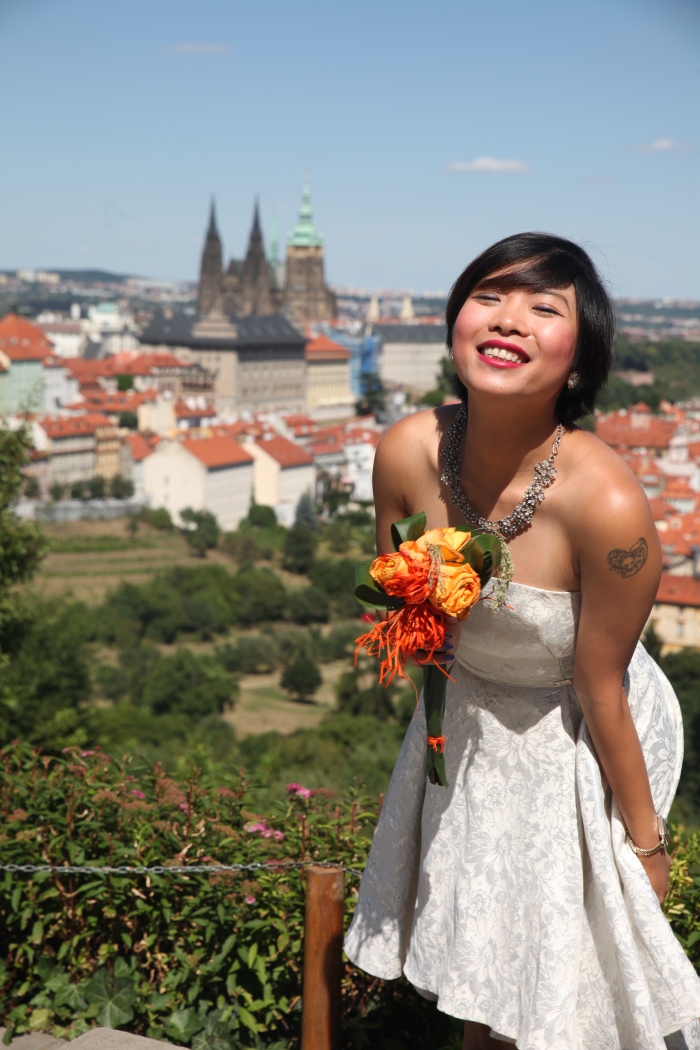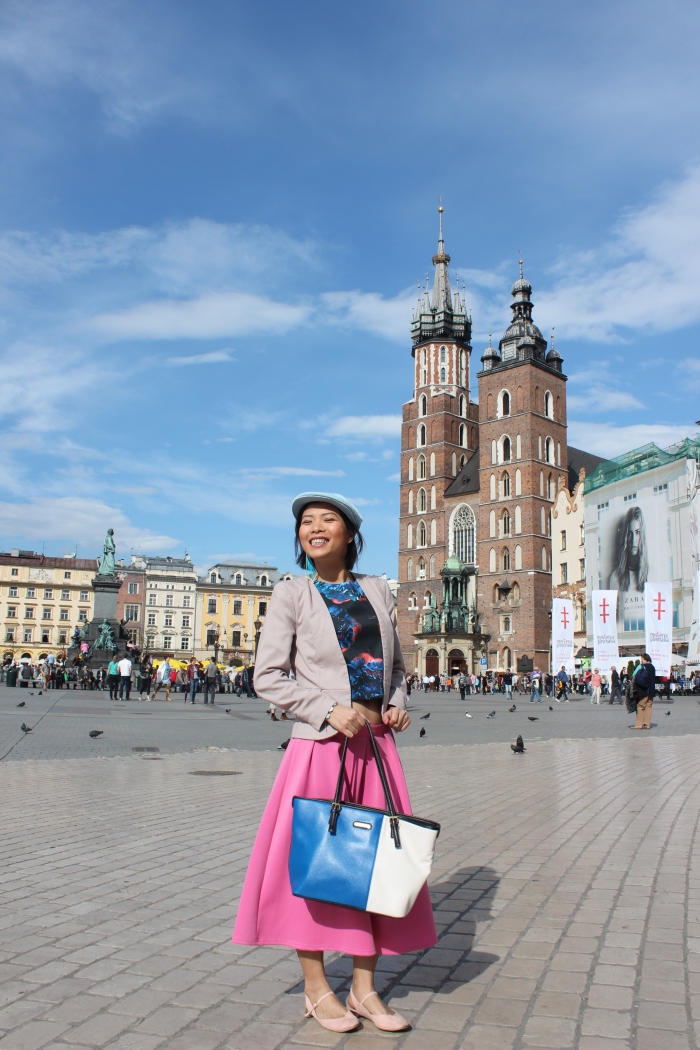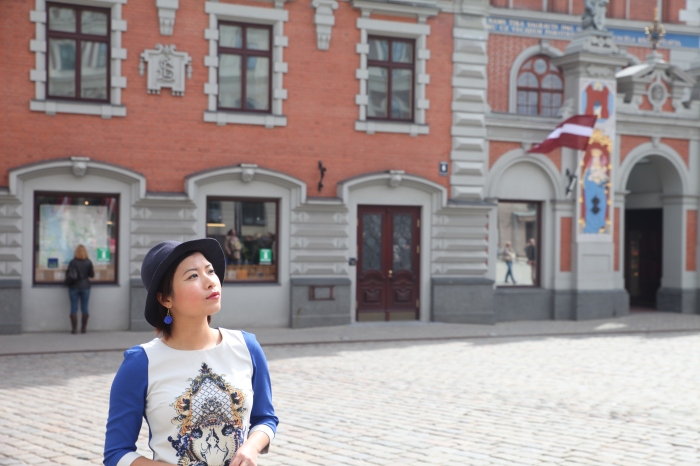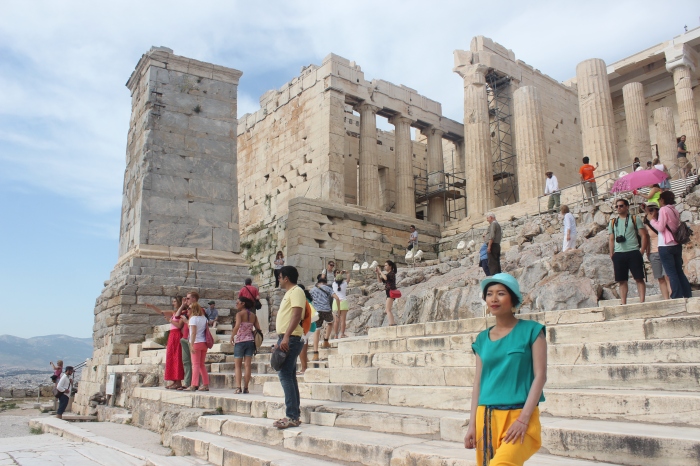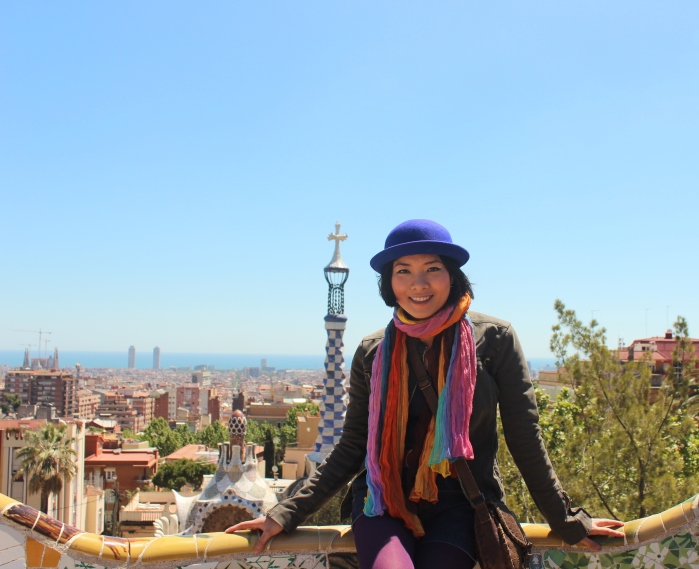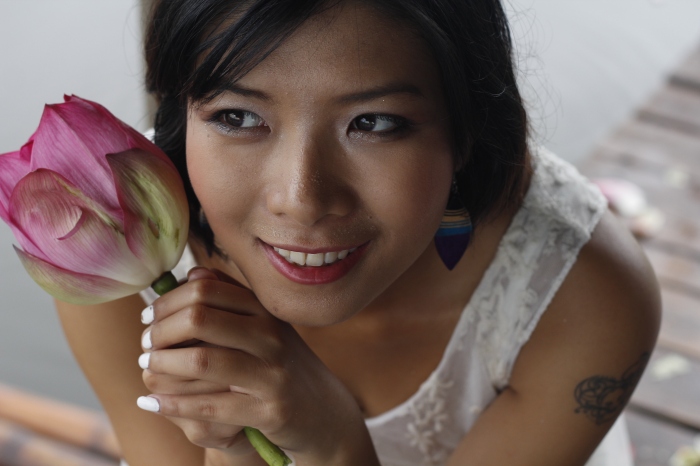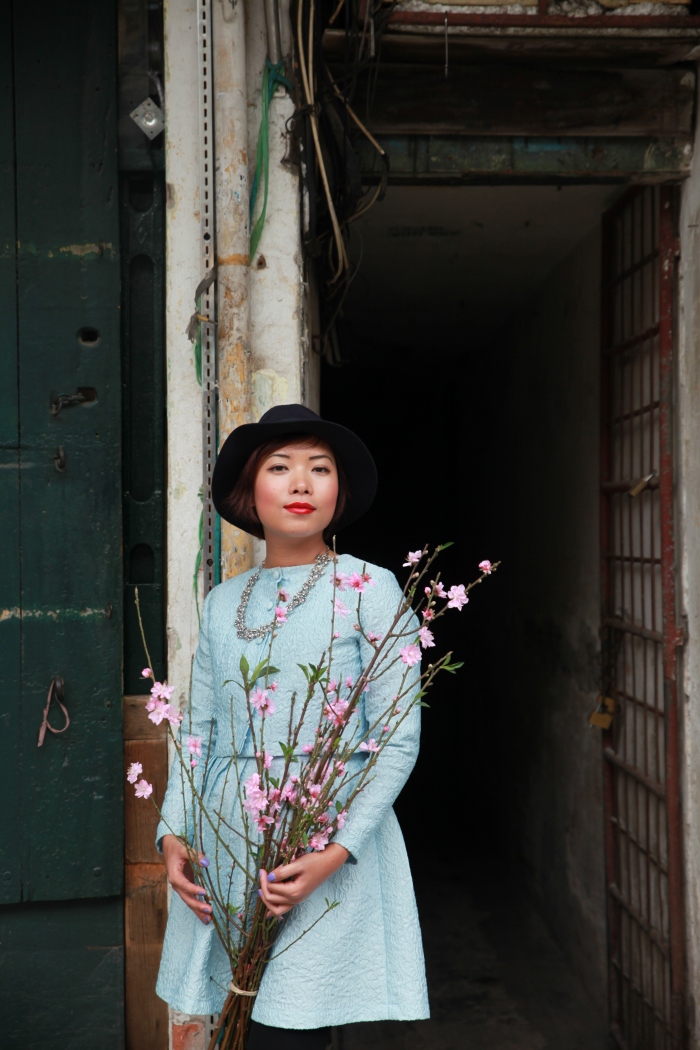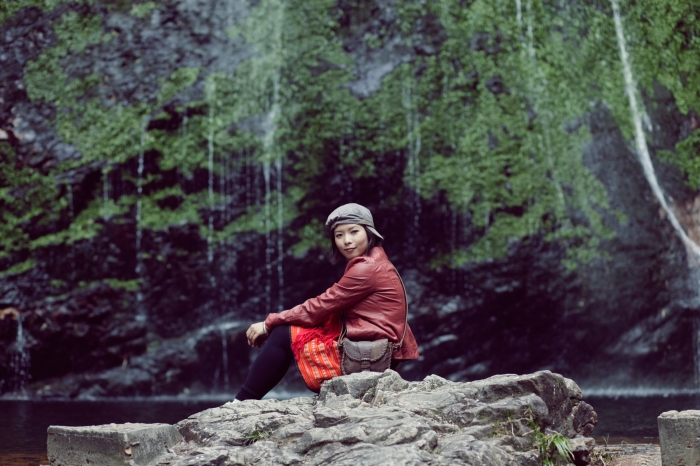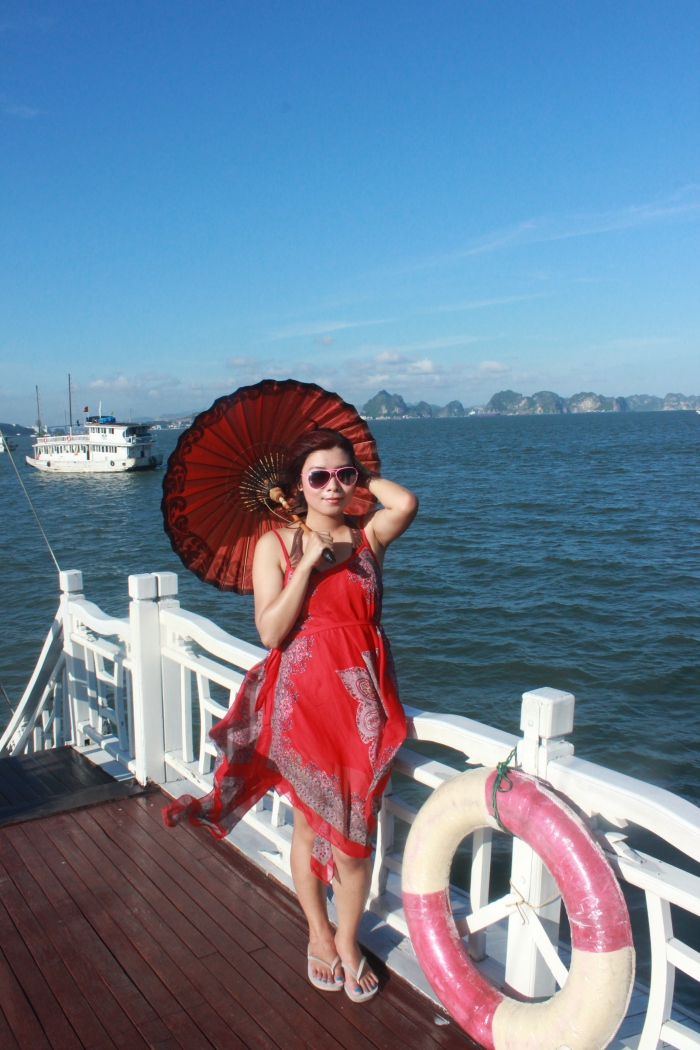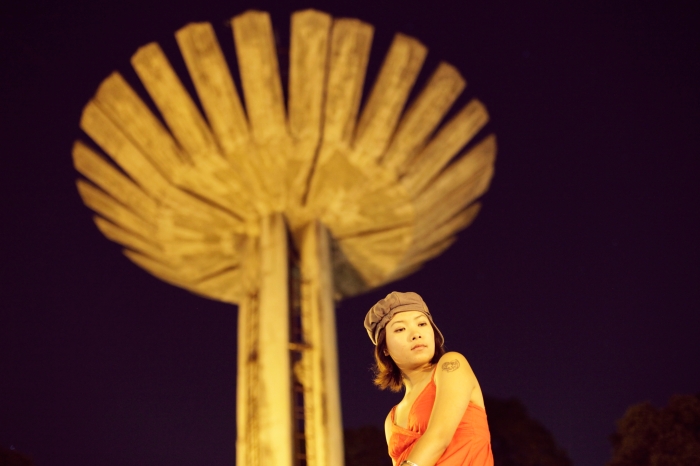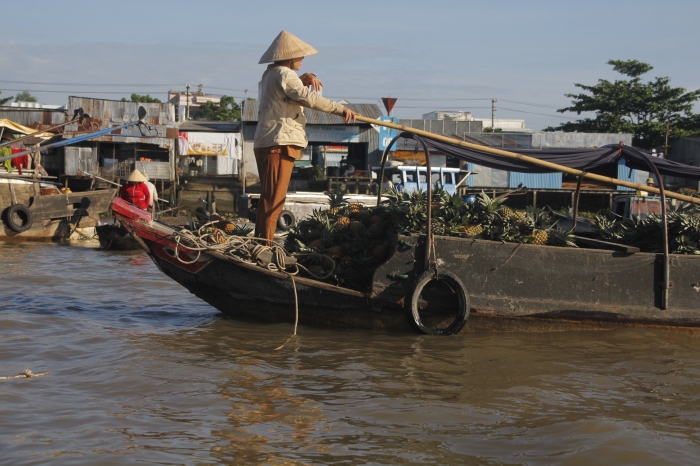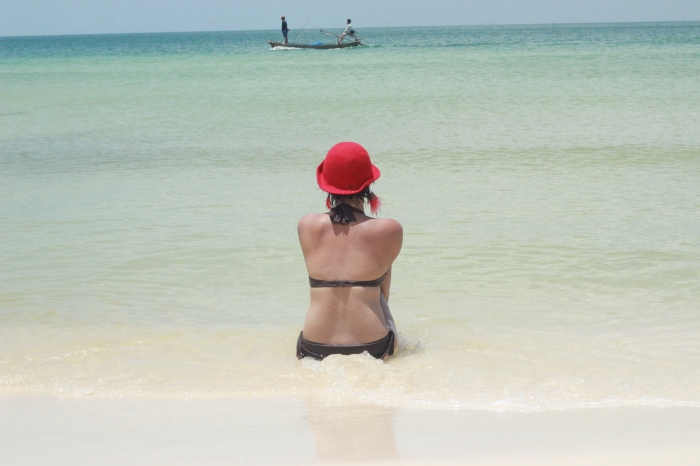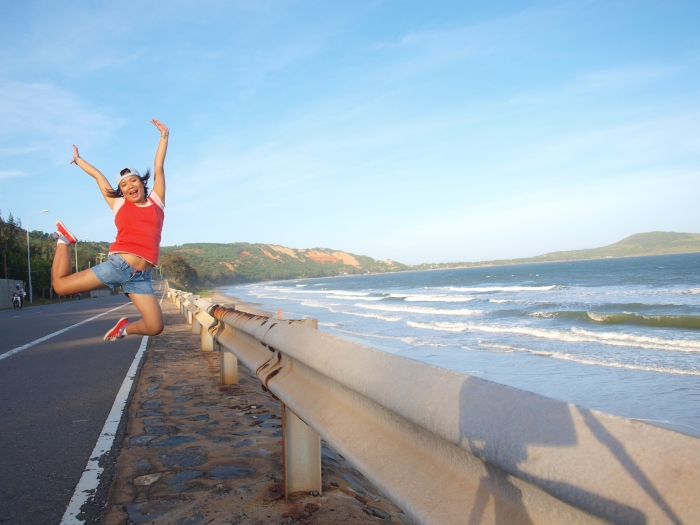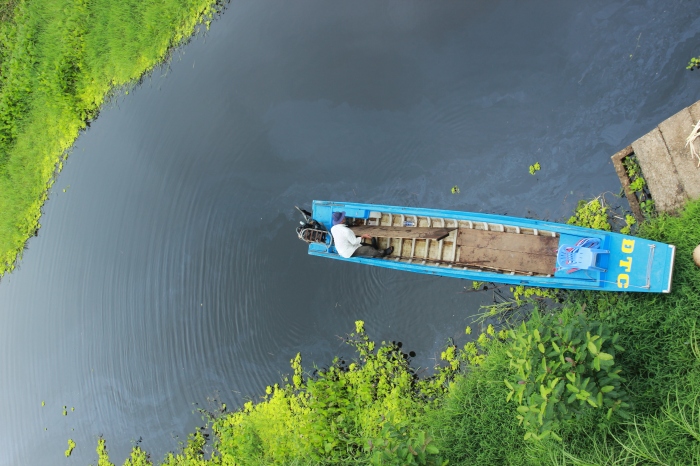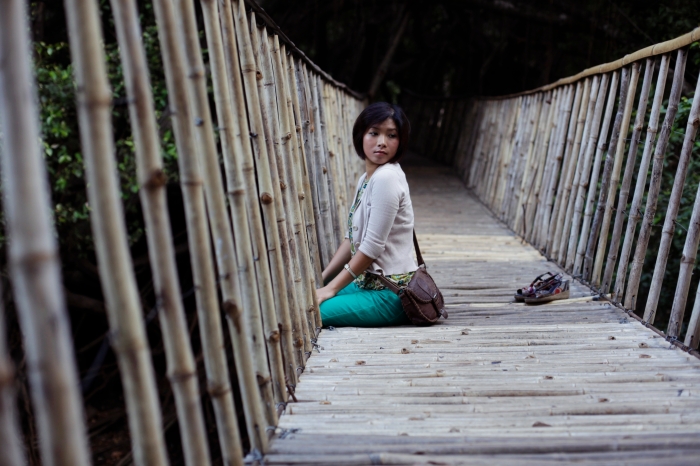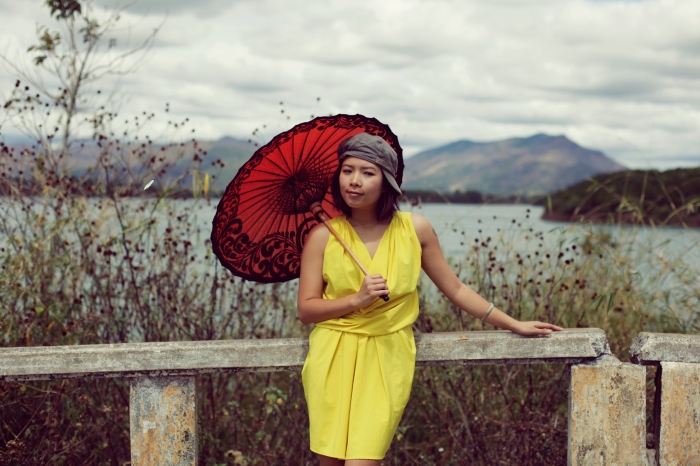Maldives on a budget – it may sound like a foreign idea to many, since the Maldives has long been known as a honeymoon and 5 star resort country with serene white powdery beaches against crystal clear azure water, that only the phrase “heaven on earth” can describe its surreal beauty.
Not long ago, only rich businesses are allowed by the government to open up high-end resorts for honeymooners, romance seekers and the same. However, in recent years, with the effort to tighten the gap between the rich and the poor, the Maldivian government has approved policies to boost tourism and encourage locals to open small businesses such as guest houses, hostels and restaurants in locally inhabited islands, making backpacking in the Maldives possible.
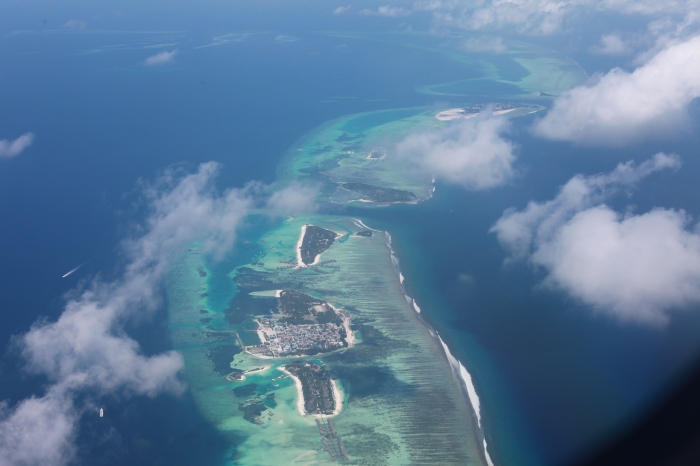
Maldives from the sky, December 2014
Maafushi is a small locally inhabited island in South Male Atoll, which stretches just over 1 km in length and less than 300m in width. The island is only 15 minutes by speed boat from Indira Gandhi airport, the single gateway to the Maldives from any international destination. Heavily damaged by the tsunami in 2004, Maafushi was rebuilt and since then the rapid construction and opening of new guest houses have enabled backpackers to travel on a budget to the Maldives. The growing infrastructure coupled with the strategic location with proximity and convenience from Indira Gandhi airport makes Maafushi a perfect choice for first time visitors with limited budget to the Maldives.
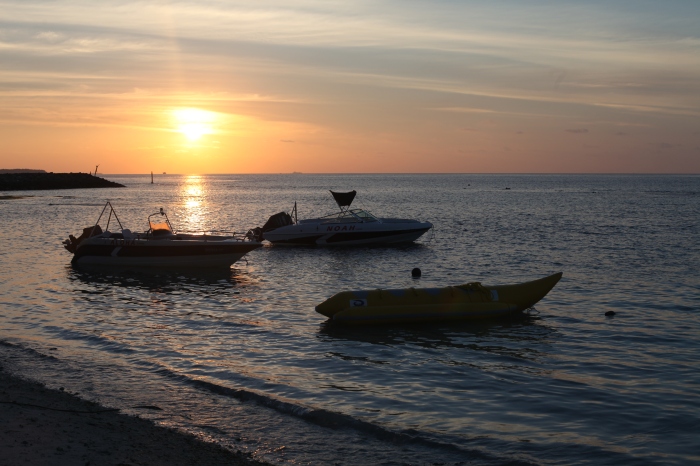
Sunset on Maafushi, January 2015
1. Getting to Maafushi island
To get to Maafushi island, you first need to fly to Indira Gandhi airport (MLE), as mentioned the only gateway to the Maldives from any country. From there, the cheapest option to get to Maafushi is by taking the local ferry to Male, the capital city, which costs 10MVR (or approximately 1$) and takes only 5-10 minutes. You then need to take a taxi to Viligili ferry terminal (5-10 minutes, 10-15MVR) or walk for half an hour and see the capital city (my preferred option!), where another local ferry will take you to Maafushi island. The ferry departs one time a day only at 15:30, every day except Friday (since it is a holiday in Muslim, the main religion in the Maldives). The ferry from Maafushi back to MLE airport leaves every day at 7:30a.m, except Friday. The local ferry takes around 2 hours (and maybe more, depending on weather condition) and costs only 35 MVR (about 4$)/one way. It is advisable to buy the ticket the day before or latest 2 hours in advance, especially during high season, since last minute tickets may not be available when all seats are sold out. And certainly you don’t want to wait another 24 hours for the next ferry.
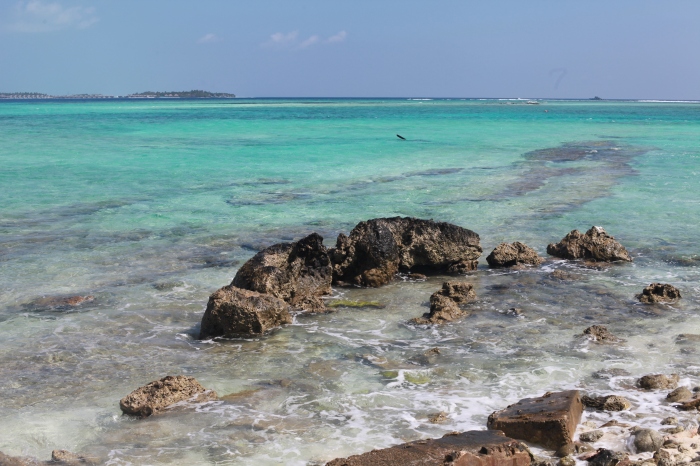
Clear azure water on Maafushi, January 2015
There is another option to take the fast boat which costs 20$, departing at the same time every day except Friday, which takes only less than 30 minutes, is much more comfortable and safer than the local ferry. Moreover, you can go directly from the airport to Maafushi with the fast boat, without having to go first to Male and transfer to Viligili terminal. You should ask your guest house/hotel/hostel or dive center to advise you where to buy the ticket (since I didn’t use this option to get to Maafushi but only used it on the way back to MLE airport) or even get it in advance for you, if you plan to arrive to Maafushi on the same day as your flight. The local ferry is of course a nice experience if you want to go dirt cheap and mingle with the locals, but having tried both the local ferry and fast boat, I highly recommend the fast boat for the comfortability, safety, speed and convenience, which in my opinion is well worth the price difference.
The final option is when you must go to Maafushi on the same day as your flight but the ferry and fast boat schedule doesn’t meet your need, you can book a private transfer from your guest house/hotel/hostel, which costs a few hundreds USD. You may want to opt for staying in the capital Male for one night while waiting for the next day ferry as it costs much less for a hostel in Male.
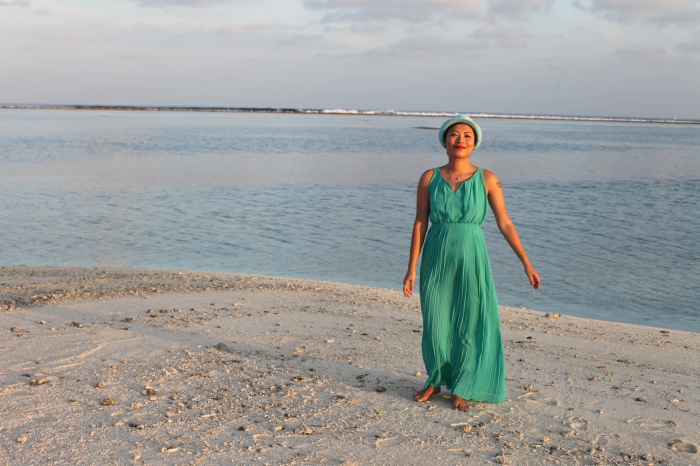
Maafushi beach in the afternoon (not the right time, the morning will look like heaven!), January 2015
2. Staying in Maafushi island
Maafushi is getting more and more popular among backpackers (though there is only limited, scattered and not comprehensive information on the Internet about this island), therefore there is plenty of accommodation options. A double room can cost as low as 30$ during low season (April to November, and if booked in advance) and can cost from 60$ during high season (Christmas, New Year, December to March). It is highly advisable to book in advance (2 months+ for high season), even in low season for the better price (and for the number of tourists are increasing faster than the new built hostels!). Not booking in advance in high season may be risky and much more costly (in my case, I was checking prices regularly in different times and the rooms filled out quickly and ended up 2 times more expensive 1 month before my date of travel (New Year time) compared to 2 months in advance. It may be cheaper to book directly with the guest house or ask your dive center to help you book. I ended up paying 55$ for a double room (last minute booking!), instead of 75$ as advertised on agoda.com or booking.com at Yellow Rehendhi guest house.
There are 2 types of accommodation: beach front and non-beach front, which the former costs about 1.5 times the latter. One of the most popular beach front accommodations is Arena Logde (which is also the first hostel on the island), which was sold out 2 months before my trip (I checked a few times and regretted I hadn’t booked it!). Arena sometimes has DJ parties so it is good for party-goers and may not be ideal for light sleepers. If you must go dirt cheap, it doesn’t really matter to stay in a non-beach front accommodation, as the beach will just be steps or minutes walk away. 🙂
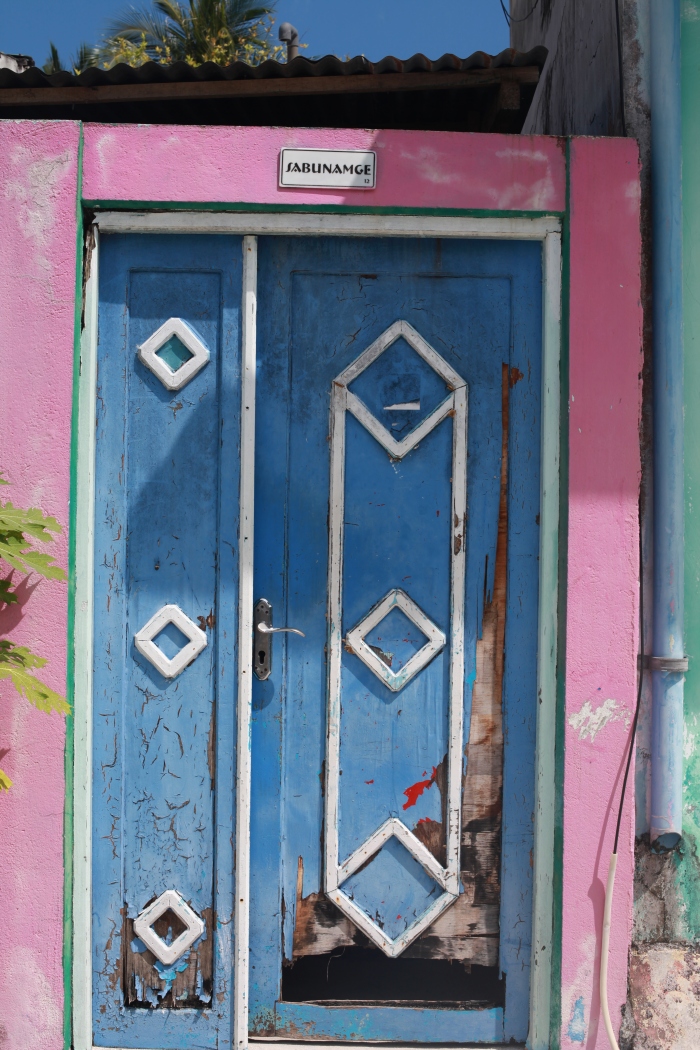
Colorful houses and doors are easy to find in Maafushi, January 2015
3. Eating in Maafushi island:
Food is probably the cheapest thing in this expensive country! Of course it is not dirt cheap like in South East Asia or Mexico, but compared to the prices you are paying for any other things, food is quite affordable there. You can get on well with 6$ a meal including a (non-alcoholic) drink. Apart from restaurants run by your hotels/guest houses/hostels, you have a few local restaurants (my favorite ones are Roket and Sunset). I have tried different places every meal, and it seems the price range is quite similar (3-6$ for a main dish) and the food quality does not largely differ from one place to another. The signature dish of the Maldives is White Fish Curry which I have tried in a few places and though the taste differs, I love the dish everywhere! Maldivian food is spicy and since I love spicy food and am an adventurous diner, Roket is my favorite place. The restaurant offers authentic dishes and is frequented by locals. The best time to go there is for the evening meal, when they offer 3 types of authentic freshly made local curries. Their curries run out quickly so it is best to go there before 6p.m (or even 5.30p.m) if you are keen on trying the local food. The staff was extremely friendly when I asked to try all the curries and decided to take 2 half portions, they happily fulfilled my special request and didn’t charge me any extra money for that. Sunset is another favorite place of mine as their food is also quite authentic. I tried the fish curry and the mixed fried rice (which I forgot the local name) and both were delicious! I have tried a few hotel/guest house restaurants and the food was not bad but quite “made for tourists’ tastes” and were not my favorite. The biggest restaurant on the island, according to my dive instructor is Yellow Rehendhi, run by my guest house. You can sit by the breezy beach on the powdery sand watching the moon and the stars in this restaurant or plenty of others on the island.
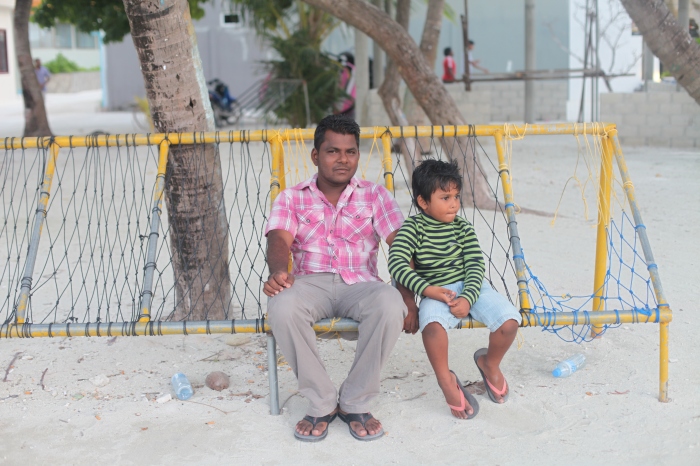
Father and son, Maafushi, January 2015
4. Drinking in Maafushi island:
Alcohol is not allowed on this island (due to the Muslim religion). This applies to all locally inhabited islands in the Maldives and if you want to buy alcohol, you can only get it from resort islands (officially!, but I am sure there are ways you can get some small amount from your local friend ;)). I am not an alcohol fan (except champagne!) therefore I cannot advise you further. On the other hand I am a fresh juice drinker and must advise you to try the pineapple juice! It is extremely good and better than anywhere else I have tried! It typically costs about 2.5-3.5$ for a fresh juice of any kind.
Tap water is not drinkable, however bottled water can be bought cheaply from any mini-market for 8MVR (80$ cent) per 1L bottle.
There is a nice beach side bar with lovely covered live music run by a hotel (forgot the name) very near the ferry terminal. Just ask the locals what’s happening on the island and you will get all the information you need from friendly Maldivians. 🙂
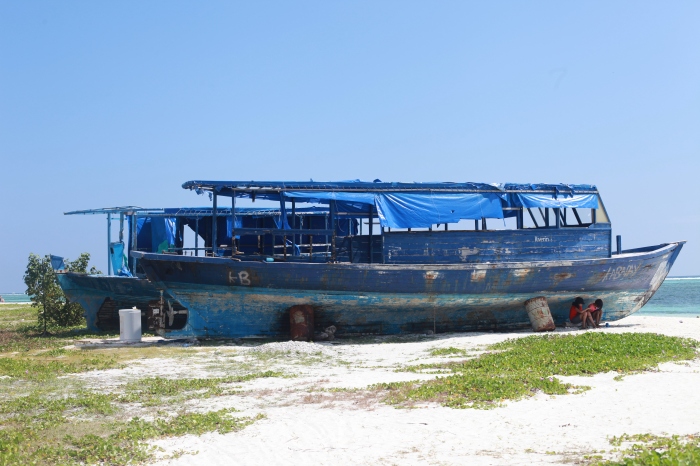
A deserted boat on Maafushi beach, January 2015
3. What to do in Maafushi:
Diving, diving, diving is definitely the first thing you should do while on Maafushi. The ideal temperature all year around plus good visibility and amazing dive sites with opportunity to see diverse ocean life and big fish like sharks and manta rays make the Maldives in general and Maafushi on particular an attractive destination for divers. It is however challenging to dive in the Maldives given strong currents occur quite frequently. The Maldives is best for fun dives, just as Gili islands are famous as world’s top diving teaching and you can try different dive sites every day. There are 2 big dive centers in Maafushi and during my stay I dived with Maafushi Dive, which I enjoyed a lot. The cost for a fun dive is 50$ and if you dive 5 times or more, you get the discounted price of 45$ per dive, all inclusive of equipment rentals (even dive computer) and dive master. Having dived in Thailand, Indonesia and the Philippines also, I must say Maldives is definitely the most expensive place so far, but the experience is fantastic and well worth the price. I have gone to 5 dive sites during my stay which and they are all amazing but I highly recommend Maafushi Cave, awesome experience!
Snorkeling: If you don’t have yet your Open Water Diver Certificate or Advanced Open Water Diver Certificate but are still fascinated with the amazing marine life in the Maldives, try “Discover Scuba Diving course” or go snorkeling. You can also book your snorkeling trip with the dive centers, or your hotels/guest houses. It is advisable to go directly to the dive centers, which are just minutes walk away and the attentive staff will be more than happy to advise you how to make the best out of your snorkeling trip.
Other sea sports: You can also try other sea sports in Maafushi such as windsurfing, ect.
Island hopping: If you have time, also take an island hopping tour (esp. to the resort islands to experience the 5 star honeymoon accommodation standard which will certainly wow you!). You can book with your hotel/guest house. My experience is Maldivians are very friendly and honest, hospitable and want to make tourists happy. Therefore I think you don’t need to hesitate to ask your hotels/guest houses if you need anything. 🙂
Chilling on the white powdery beach/swimming: Bikinis are only allowed on the tourist beach, not the local beach. The tourist beach is beautiful, yet quite small and short. However, it’s good enough to chill there or take a few slaps in the azure water. Snorkeling is also possible near the beach.
Strolling around the tiny island: It takes just about an hour to stroll through this tiny island. There are colorful small houses besides guest houses/hotels, the beautiful long sandy beach (local beach) and interestingly a prison which houses all inmates from over the Maldives. You can buy some handcrafted wooden art pieces made by inmates in various souvenir shops on the island.
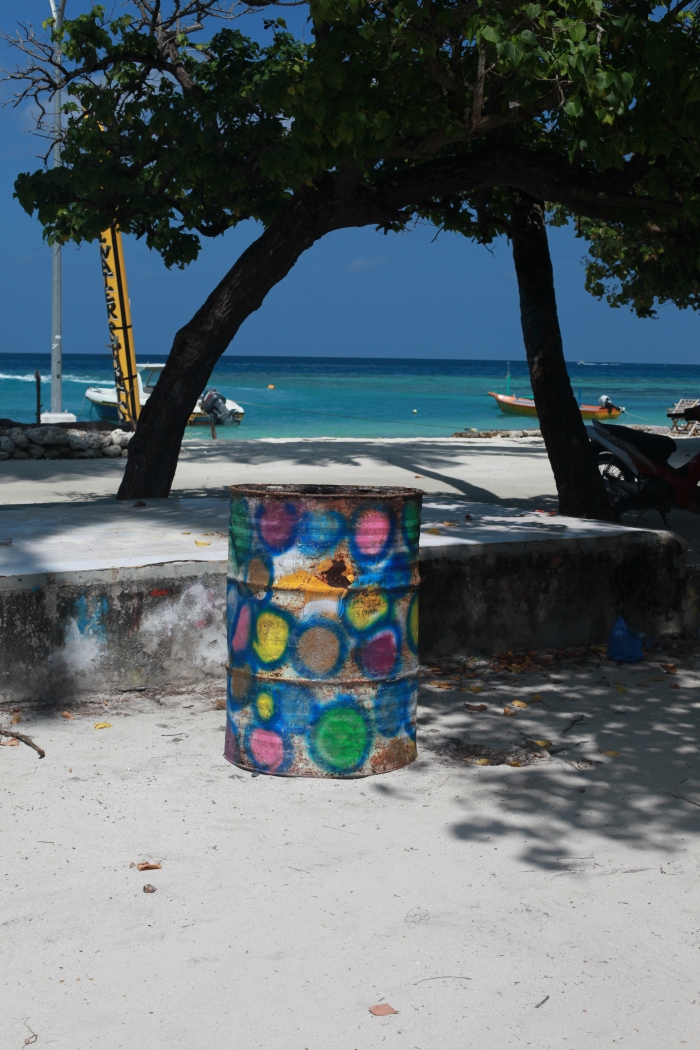
Cute waste bin on Maafushi, January 2015
Stay safe:
Maafushi is a very safe island with friendly locals and hardly any crimes (even petty crimes, as people are quite honest there!). The only risk I can foresee is accidents while doing your sports activities or rip currents while swimming. So take cautions and useful advices from locals while doing your sports activities.
Respect:
The Maldives is a Muslim country, therefore it is advisable to respect the local religion and dress conservatively, especially when you are a women traveler. By conservative I mean no bikinis outside of the tourist beach, as based on my observations and experience, you can wear any other beachwear you would wear elsewhere. It is because Maafushi has opened up to many tourists. But if you go to a more local island which is not frequented by tourists, dress more conservatively to respect the culture! What I really like about the Maldives is I didn’t experience “disgusting staring” from local men, as in other “male dominated” countries I have been to such as India, Egypt, Turkey, or Morocco, or even Qatar and Dubai airports.

Maafushi beach, January 2015
Stay connected:
You can easily get freedom wifi/internet connection from your hotels/guests houses or some restaurants on the island. The speed is not extremely good, but not bad either.
Roaming is extremely expensive in the Maldives (it could also be because my Singapore provider is ridiculously expensive that I paid 200SGD for 5 day pay as you roam by making more than 10mins of call and sending more than 10 text messages! Won’t make the same mistake again!). Therefore if you need to use your phone, it is highly recommended to buy a local sim card. 🙂
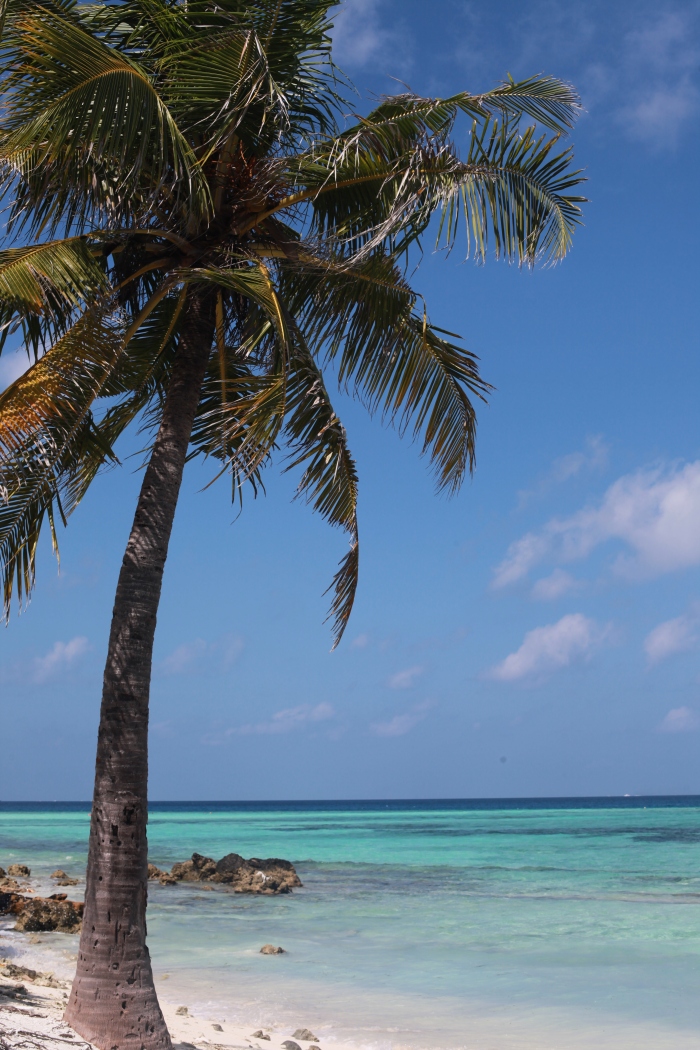
Maafushi island, January 2015
Caution – Cash problem:
It is advisable to calculate and bring enough cash or withdraw enough cash for your need. It is because apart from hotels which accept credit cards, mostly other places only accept cash. Credit cards normally have a surcharge of 3%, which in my opinion is enormous, therefore cash is the best payment option. Many services are charged directly in USD, therefore you don’t need to change so much MVR, just have your USD, and you’ll be fine. ATMs are available on the island…
Alright, I hope this travel guide is useful for you when planning your trip to Maafushi island. If you have any further questions, please leave a comment and I’ll be more than happy to answer you with my best knowledge and experience. 🙂
